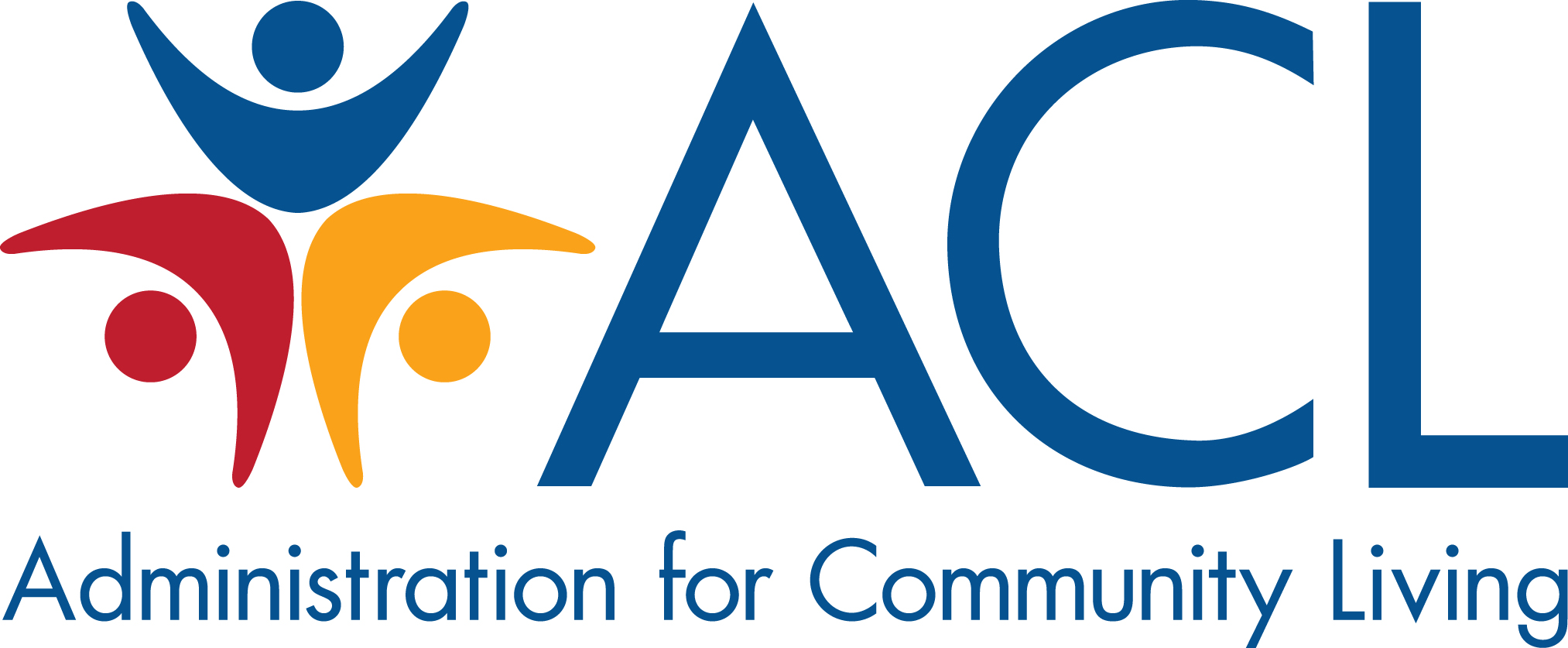Page Contents
Purpose
The purpose of the Rehabilitation Engineering Research Center (RERC) program is to improve the effectiveness of services authorized under the Rehabilitation Act by conducting advanced engineering research and development of innovative technologies designed to solve particular rehabilitation problems or remove environmental barriers.
RERCs also demonstrate and evaluate such technologies, facilitate service delivery systems changes, stimulate the production and distribution of equipment in the private sector, and provide training opportunities to enable individuals (including individuals with disabilities) to become researchers and practitioners of rehabilitation technology. Awards are normally made for a five-year period.
How to Apply
- Eligible applicants are states; public or private agencies, including for-profit agencies; public or private organizations, including for-profit organizations; institutions of higher education; and Indian Tribes and Tribal organizations
- View a Brief Guide to Searching for RERC Funding Opportunities (PDF,216 kb)
- As a rough guideline, check the preceding link between October and April every year
- View the Guide to Applying for some helpful application tips
General Highlights
- RERCs are national centers of excellence. Grantees in the RERC Program must provide technical assistance and consultations that are responsive to concerns of service providers and consumers.
- View currently-funded Rehabilitation Engineering Research Centers
- View previously-funded/completed Rehabilitation Engineering Research Centers
Results-Oriented Highlights
- RERCs generate new knowledge that informs the construction of new, or the modification of existing, standards in the field of disability and rehabilitation. Think of standards as a formula that describes the best way of doing something. Two examples of RERC work and contributions to standards include but are not limited to:
- RERCs also develop technology-related products that are designed to help people with disabilities do something better than they did before, or make something easier or quicker to do, than it was before. To learn more about how the RERCs have generated new rehabilitation technologies to benefit people with disabilities, read the free and open-access 2017 article entitled: How a diverse research ecosystem has generated new rehabilitation technologies: Review of NIDILRR’s Rehabilitation Engineering Research Centers.
- The Trace Center at the University of Maryland, and formerly at the University of Wisconsin at Madison, has been a long-standing funded NIDILRR RERC grantee for many years. View a historical and chronological timeline of all of the technology-related products that the Trace Center has produced, largely, though not exclusively, with NIDILRR funding. A 2022 book called Technology and Disability 50 Years of Trace R&D Center Contributions and Lessons Learned has also been produced. This book is available on Amazonin Kindle, hardcopy, and paperbackformats.
- View RERC Publications in REHABDATA published between 2020 and 2024. Interested in obtaining copies of any of these publications, view the article called Obtaining Documents Listed in REHABDATA
- View a Sampling of RERC-produced full-text publications in PubMed Central.
- Highlighting the Information and Communication Technology Contributions of one RERC: A Video Presentation by Dr. Gregg Vanderheiden: Video Start Time and Video End Time. This presentation was part of the larger 40-Year Anniversary Celebration of the National Institute on Disability, Independent Living and Rehabilitation Research. For those interested, you may watch Part I and Part II of the celebration.
Contact
Contact Thomas Corfman at NIDILRR if you have questions about the RERC Program funding mechanism.

